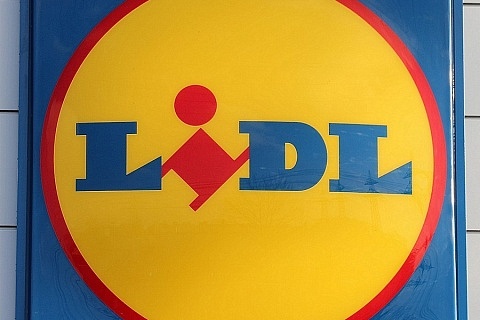Finland – Economic growth in the euro area has already accelerated close to the level preceding the financial crisis and is also broadly based.
The very accommodative monetary policy has provided tailwinds for both the euro area as a whole and Finland’s economy. Even so, inflation has remained slow. Policy rates are low and are expected to remain at their present levels for an extended period of time, and well past the horizon of net asset purchases.
Monthly asset purchases of EUR 30 billion will take place between January and September 2018, and beyond, if necessary. ‘The strong recovery in the euro area economy and reduction of economic slack support confidence in inflation converging towards our inflation aim in due course,’ stated Governor Erkki Liikanen today at the press briefing for the publication of the new issue of the journal Euro & talous. An ample degree of monetary stimulus is still required for underlying inflation pressures to continue to build up and support headline inflation developments over the medium term.
Finland’s growth has extended to the export sector, and the current account is expected to be close to balanced. The conditions for sustainable economic growth are in place, as exports continue to rise and both employment and productivity rates are growing. ‘In order to sustain economic growth and improve the employment situation over the long term, it is vital that Finland’s cost-competitiveness continue its favourable trajectory into the coming years,’ stressed Governor Liikanen. Currently, the terms of the key collective labour agreements suggest that Finland will enjoy a slight competitive advantage in the development of labour costs over that of its trading partners. This is partly due to reductions in employers’ contributions implemented under the Competitiveness Pact. The collective agreements due to be concluded in various sectors in the near future will play a central role in setting the direction of Finland’s future cost-competitiveness. ‘Looking at the forthcoming round of collective agreements, it is particularly important that the open sector of the economy point the way for wage development in Finland,’ added Governor Liikanen.
The cyclical upswing and measures to improve the public finances have reduced the levels of the general government deficit and debt. However, there is still a fiscal deficit and the long-term outlook remains challenging. Mounting care and pension costs due to a large ageing population and the slowing of the productivity growth trend both weigh on the outlook for the public finances. ‘The situation in the public finances can be eased by implementing structural reforms. The pension reform has already substantially improved the outlook. Other near-term policy decisions that will play an important role are the social and health care reform as well as various measures aimed at strengthening employment over the long term,’ added Governor Liikanen.
When seeking to reinforce economic growth, employment and fiscal sustainability, it is useful to exploit the results of economic research. Research findings indicate how to reach the determined objectives and what would follow from the various economic policy options that are available. A new economics institute is currently being established in Finland and the Bank of Finland has decided to support the project. ‘High-quality economics research and education are key requirements if decision-makers are to be able to rely on the support of cogent economic analysis,’ stressed Governor Liikanen.

 Deutsch
Deutsch




Leave a Reply